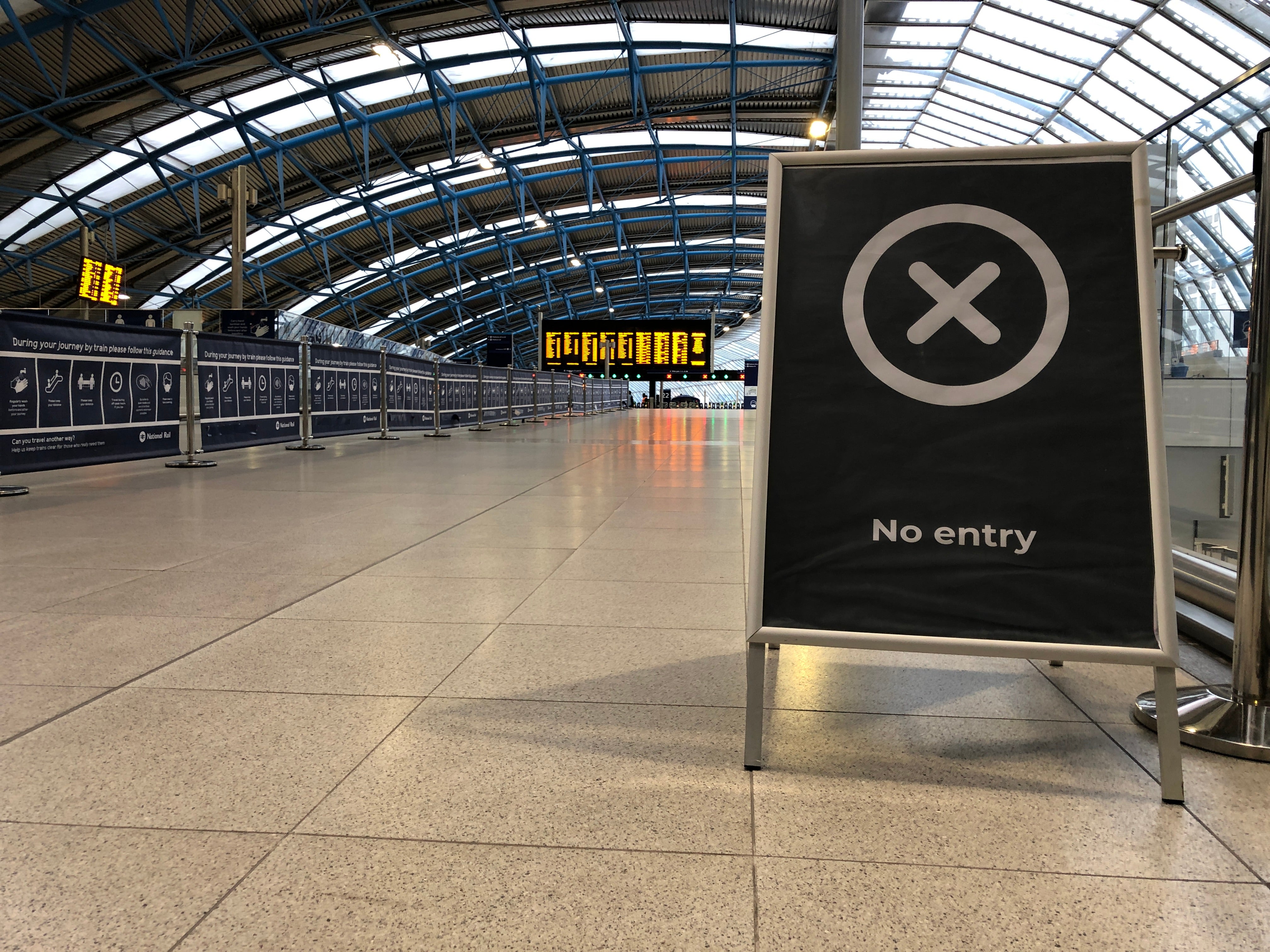This is the age of the car: road use close to normal as travellers shun trains
Motoring rising fast after stay at home rule lifted, but trains remain a quarter full

Your support helps us to tell the story
From reproductive rights to climate change to Big Tech, The Independent is on the ground when the story is developing. Whether it's investigating the financials of Elon Musk's pro-Trump PAC or producing our latest documentary, 'The A Word', which shines a light on the American women fighting for reproductive rights, we know how important it is to parse out the facts from the messaging.
At such a critical moment in US history, we need reporters on the ground. Your donation allows us to keep sending journalists to speak to both sides of the story.
The Independent is trusted by Americans across the entire political spectrum. And unlike many other quality news outlets, we choose not to lock Americans out of our reporting and analysis with paywalls. We believe quality journalism should be available to everyone, paid for by those who can afford it.
Your support makes all the difference.Britain’s roads are filling fast. In the week when England’s stay at home rule was lifted on 29 March, car use reached 78 per cent of normal levels – its highest of the year so far.
But analysis of the latest figures from the Department forTransport (DfT) show no similar increase among rail users.
When the third lockdown began on 5 January, all forms of transport saw a slump.
Motoring has returned steadily from 51 per cent, its lowest weekly average, immediately after the stay at home was imposed.
The week commencing 29 March was the busiest on the road since before Christmas.
Read more:
The average for the first seven days when it was legal to make non-essential journeys in England was six per cent ahead of the previous week.
Yet rail use continues to languish at just one-quarter of pre-pandemic levels.
Research by the Rail Delivery Group (RDG) suggests around 15 per cent of people who previously commuted by train may switch to road.
A spokesperson for the RDG said: “Getting people back on trains will benefit taxpayers, the economy and the environment, while a car-led recovery would make traffic jams worse, decimate commuter-based business centres and do untold damage to Britain’s net-zero carbon ambitions.
“Operators are working with government to match services to demand now, and in the long-term, to ensure that wholesale reform of the industry enables train companies to quickly respond to evolving passenger needs including providing the flexible, modern tickets that people want.”
The government says it is working with transport operators to ensure passengers have the information they need to help them to travel safely when using public transport.
Tube and bus use in London rose sharply in the first week after the stay at home rule was lifted – albeit
On the London Underground network, passenger numbers rose from 23 to 27 per cent, while on Tuesday 30 March and Thursday 1 April London bus use exceeded half of pre-pandemic levels for the first time since before Christmas.
Cycle usage continues to grow – with every weekday of the first week of unlocking achieving at least 100 per cent of pre-pandemic levels.
Simon is hosting a free event on 28 April, where he’ll untangle the latest news in the world of travel and let you know when, where and how you can go on holiday this summer. You can book a ticket by signing up to his weekly newsletter here.
Join our commenting forum
Join thought-provoking conversations, follow other Independent readers and see their replies
Comments